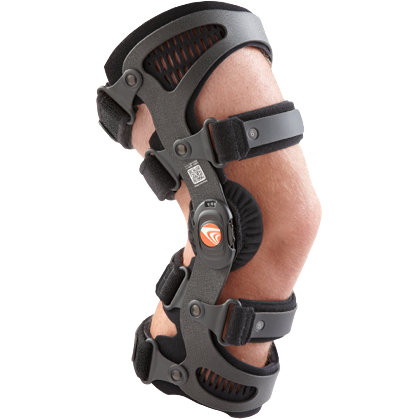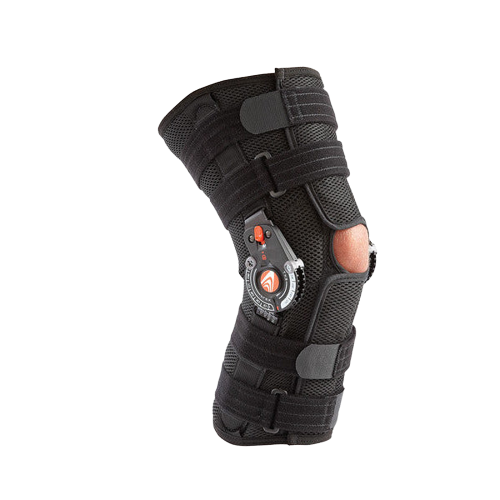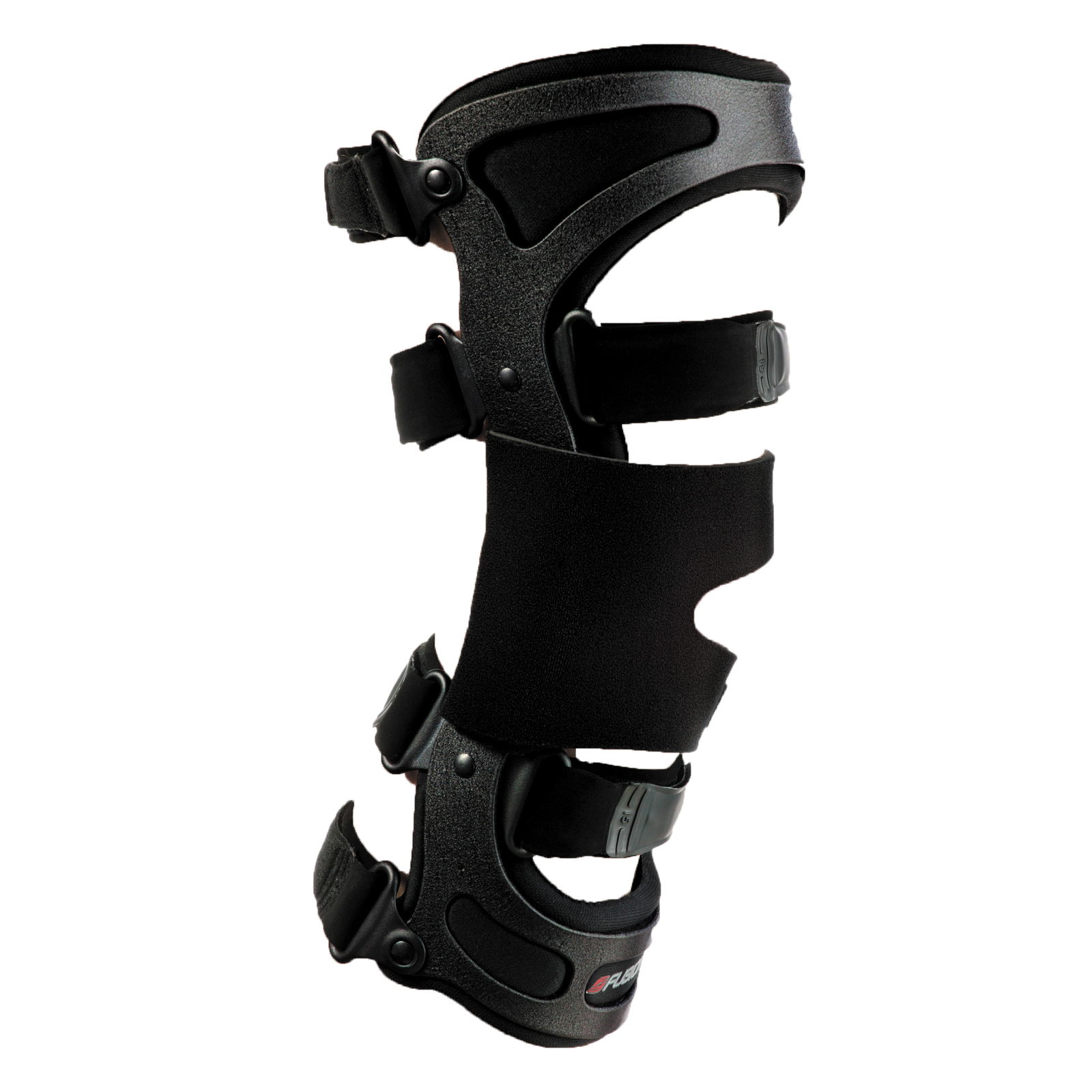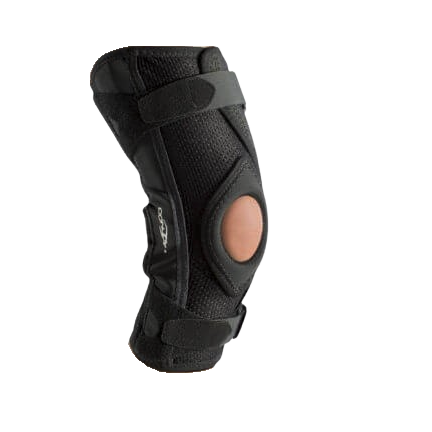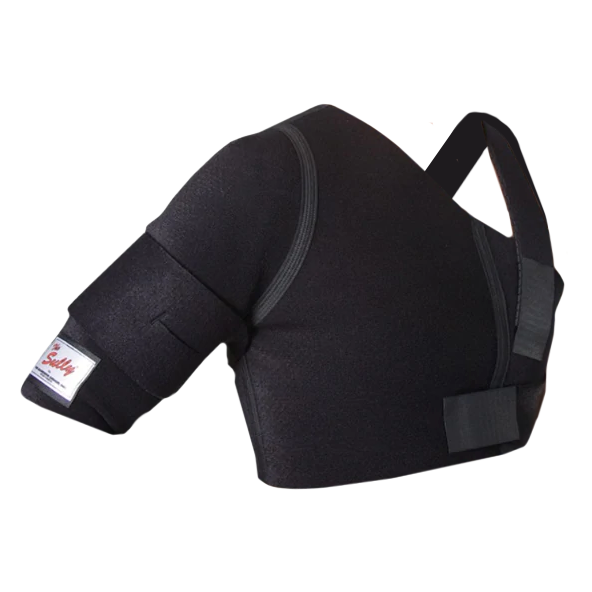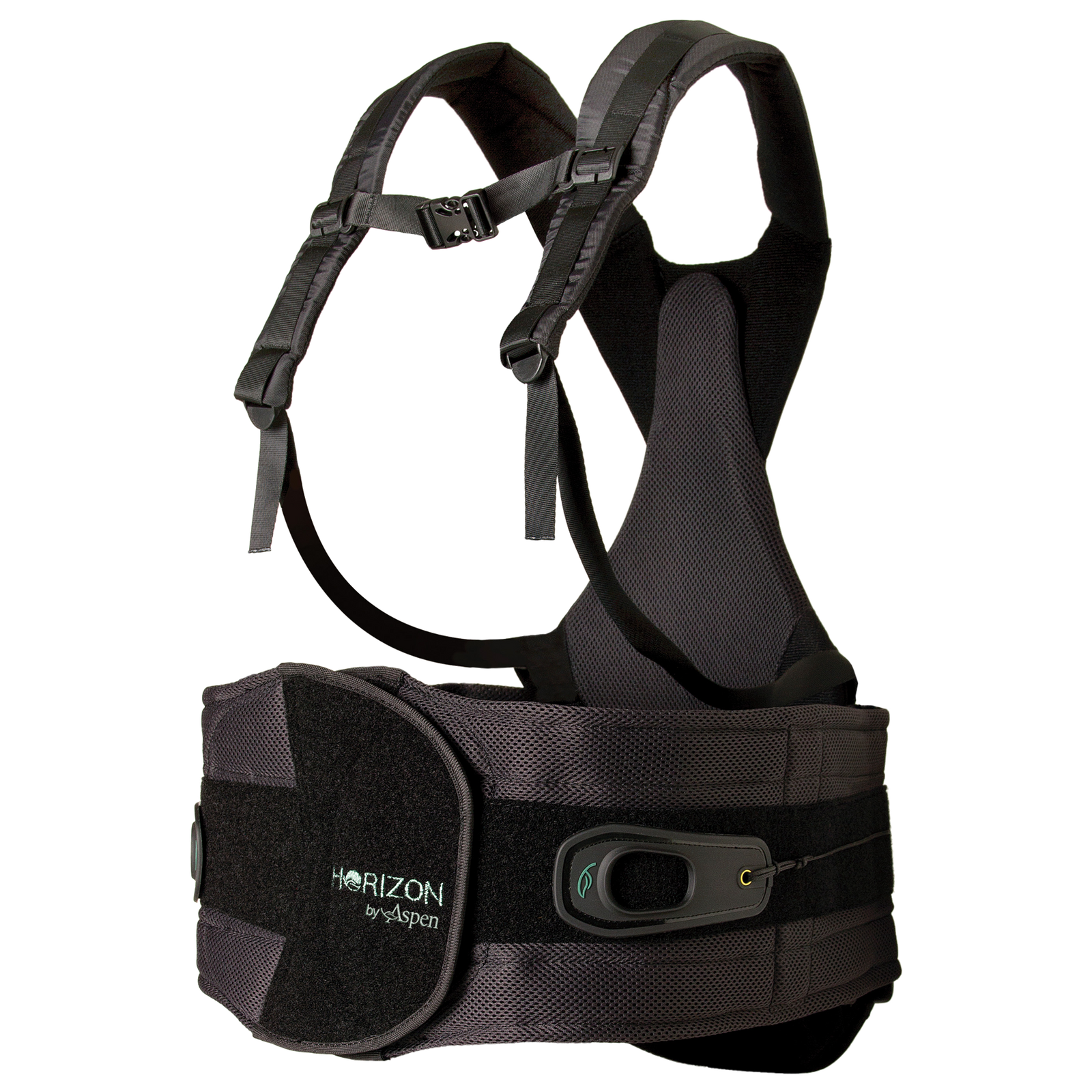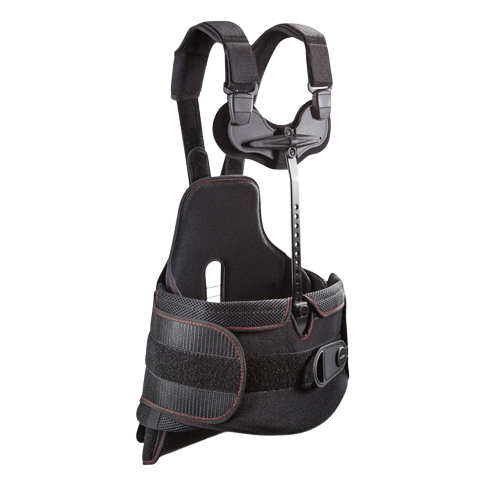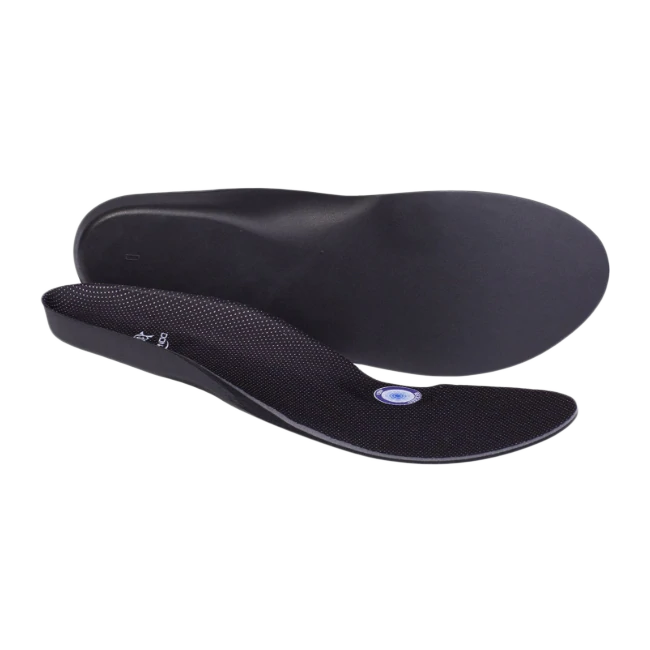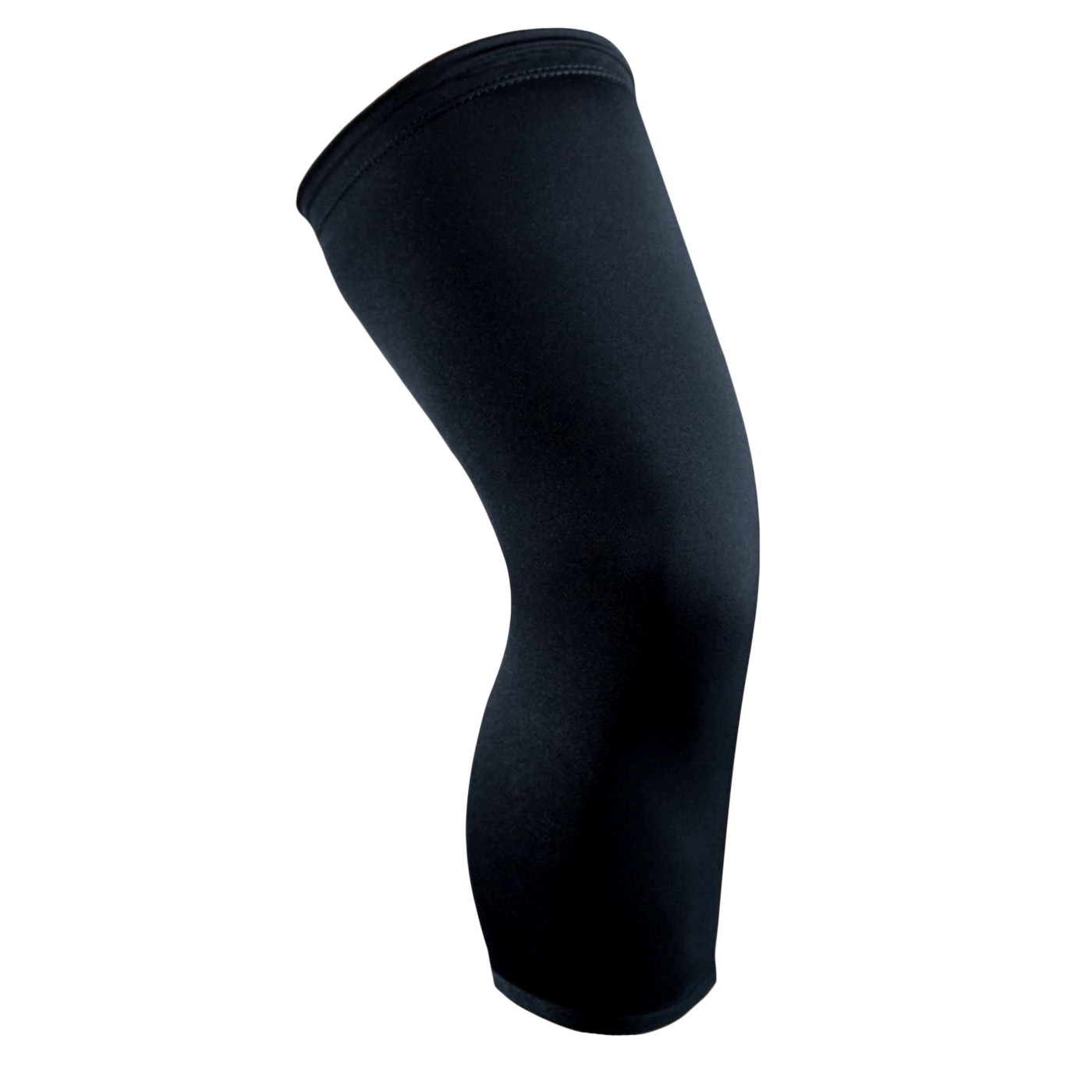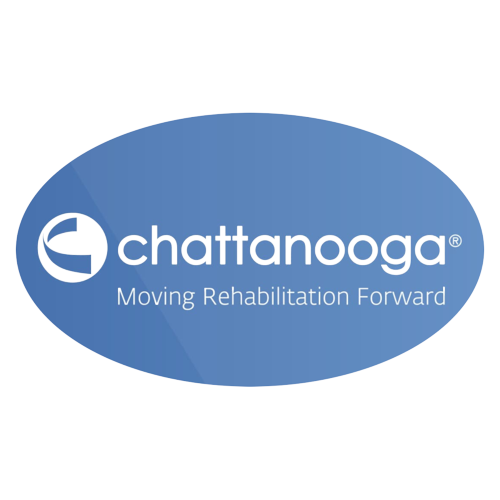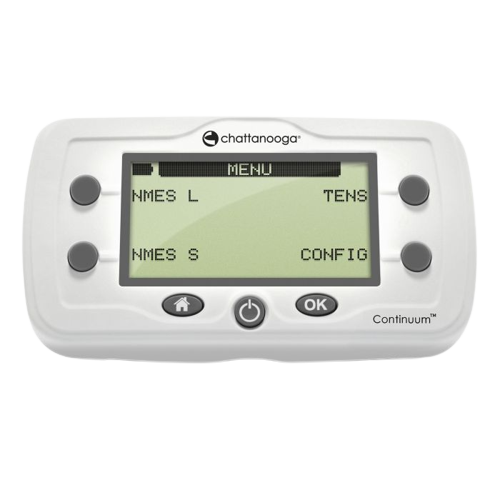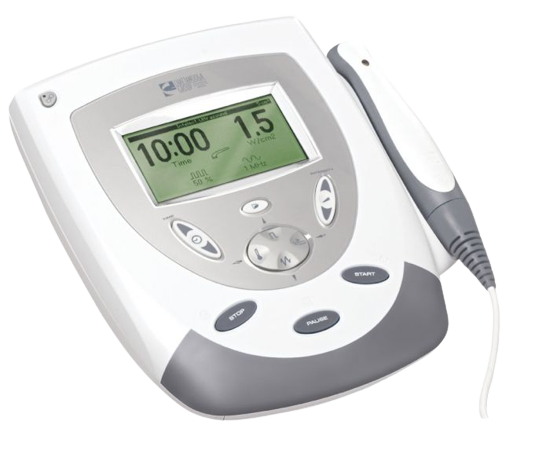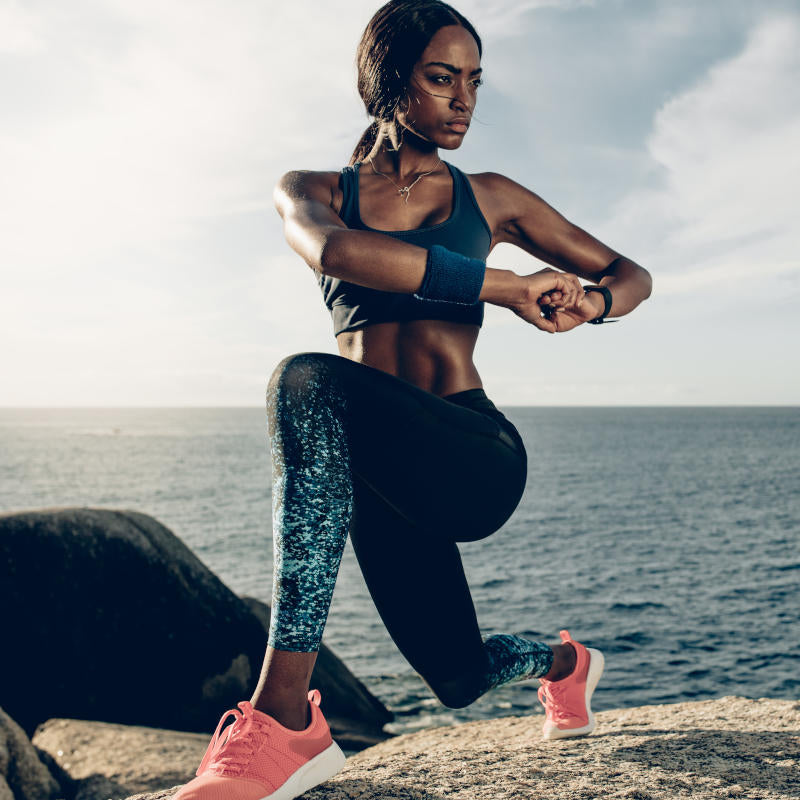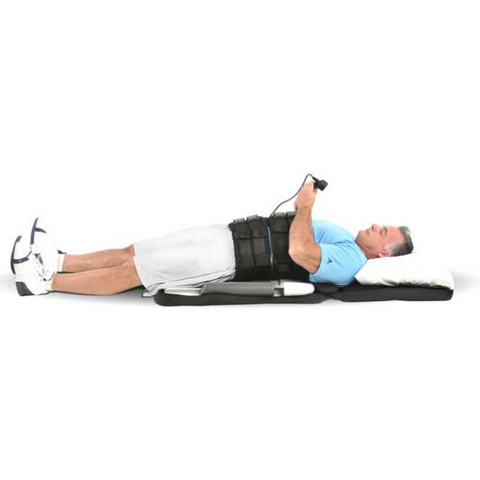At any one time, up to half of US citizens are suffering from neck pain. Playing a crucial role in supporting the head, there are numerous reasons why necks can be painful. As well as trauma resulting from an injury, there are also a number of degenerative conditions that can leave necks stiff and painful.
Unfortunately, neck pain can often be long-standing and difficult to treat. Many people are unwilling to keep taking the strong painkillers that are needed to keep neck pain under control. Surgery may be an option, but in many cases, neck stretching, also known as neck traction, is one of the most effective treatments for painful necks.
Here we take a look at when a neck stretcher may be of benefit, what advantages using a neck stretcher may provide, and contraindications - symptoms or conditions which are best treated by other means. We also consider the various types of neck stretchers on the market, alongside an assessment of the pros and cons of each.
Finally, we provide some top tips for selecting a neck stretcher that's going to be right for your needs.
When Might a Neck Stretcher be of Benefit?
The aim of a neck stretcher is to gently separate the structures of the neck from one another. A normal sitting or standing posture puts the full weight of the neck onto the spinal column. The pressure of this weight can aggravate damaged tissues, potentially causing pain, stiffness, and reduced movement.
If a sore neck is left untreated, the structures in the neck begin to alter on a more permanent basis in response to the pain pressure on the neck during normal activities creates. This can lead to chronic pain and the associated reduction in normal movement and function.
The neck stretcher works by exerting a gentle upward force to the head, pulling it away from the neck. This action leads to relief on the pressure on the neck, in many cases bringing immediate relief. Over time, regular neck stretching may help to reduce unpleasant symptoms and promote healing.
#1 Theratrac Glide Cervical / Neck Traction Device
$299.99
#2 SAUNDERS CERVICAL TRACTION DEVICE
$419
Neck stretchers can be used to alleviate neck discomfort caused by a range of different conditions, such as:
- Disc problems.
- Pain following a neck injury.
- Whiplash symptoms.
- Muscle pain.
- Joint pain in the cervical (neck) vertebrae (backbones)
- Tendon injuries.
What Advantages Can a Neck Stretcher Bring?
Neck stretching (also sometimes known as cervical traction), relieves pressure on the neck, by supporting the head and applying gentle upward pressure. Whilst the type and level of the benefit obtained varies between patients, in general, neck stretchers can have the following benefits:
- Bringing immediate relief - for some sufferers of neck pain, the right neck stretcher begins to relieve pain as soon as it gets to work on the neck.
- Relieves pressure on muscles, reducing discomfort and enabling the muscles to relax - damage to some other part of the neck can cause the neck muscles to cramp, spasm, and/or tense in an effort to protect the damaged area. This creates muscle discomfort, that can be very difficult to live with.
- As well as pain, one of the main symptoms of neck injury can be loss of movement. If the neck hurts, people are less likely to move, which leads to increased stiffness and discomfort. A neck brace or neck stretcher can break this cycle, relieving pain and enabling sufferers to gently increase their range of movement.
- Improved movement - as pressure is relieved, many neck stretcher users are able to move more. Neck movement in itself can help relieve tension and pain. It also helps to increase blood flow, which, in turn, accelerates healing and helps to reduce inflammation.
- Used regularly, a neck stretcher can relieve neck swelling due to injury, increasing range of movement, and helping to promote normal function.
- Many people find that with the use of a neck stretcher, they can go back to more of the activities they used to enjoy.
- Neck stretchers may also assist in improving posture. Poor posture is a key cause of neck pain, as well as discomfort elsewhere in the body. Many people are amazed by the positive difference a neck stretcher can make.
Experts suggest using a neck stretcher for between 15 and 30 minutes each session, building up the number of sessions each day. We recommend starting at around 15 minutes, then gradually increasing the duration and frequency of sessions as time goes on.
Contraindications to Using a Neck Stretcher
It's important to select a neck stretcher that's right for your needs and to use it as instructed. Generally, neck stretchers are suitable for most people and there are few adverse effects.
If you notice that your neck becomes more painful or stiffer after use, we recommend discontinuing its use.
If symptoms persist despite using the neck stretcher, it's important to visit your medical provider, so that the symptoms can be assessed by a suitable professional.
Different Types of Neck Stretcher
There are currently numerous different types of neck stretchers on the market. Detailed below are some of the most popular variations.
A Static Harness
This usually consists of a soft strap that sits beneath the chin, creating a "hammock" for the head. Straps from the "hammock" are attached to a line that passes through a static pulley point. The line may be attached to a water bag that's filled with water to the desired weight. Alternatively, traction may be achieved through the use of tensile force.
Static harnesses may be attached to a permanent pulley fixing (like you might see at a physical therapist facility), or be in an over-the-door format. The over-the-door harness can be packed away when not in use.
Pros
- Easy to use.
- Can be used almost anywhere.
Cons
- Users can't move position during a treatment session.
Inflatable Neck Traction Device
There are several different types of inflatable neck stretchers available. The commonest consists of a series of U-shaped pads, made from soft-touch material. These encircle the neck and can be inflated to the required pressure.
The greater the pressure, the more the pads inflate, increasing the stretching effect. Pads can be added or removed to customize the degree of stretching provided.
Pros
- Simple and intuitive to use.
- Can be used whilst relaxing at home. Users can walk whilst wearing the device.
- Ideal for people who don't have the physical strength or agility to set up a harness system.
Cons
- Some people may not like the sensation of something around their neck.
- People with extremely limited neck or shoulder movement may have problems fitting the pads and require assistance to do so successfully.
Neck Traction Device With Heating
Usually made from heavy-duty polymer (such as EVA) and padding, the neck traction is supplied by the rigid framework. There is a wide band that rests on the shoulders, attached to another band that supports the jaw and the rest of the head. Sturdy screws on either side of the head hold the two bands in position and allow for adjustment up or down.
The pads can be heated to provide additional treatment benefits.
Pros
- Adjustment can be very precise, and the device can be left on the correct setting between uses.
- The traction device is easy to put on.
- Heat provides additional benefits.
- Users can walk, sit or stand with the device in place.
- Lightweight to wear.
- Robust and durable.
Cons
- This type of neck stretcher has very few cons. The main issue is that it may not be to everyone's taste.
Static Neck Stretcher Pillow
This consists of a piece of shaped plastic, that rests on a flat surface. Users lie back, letting their neck rest on the plastic pillow. The ergonomic design facilitates relaxation and gently stretches out the cervical vertebrae.
Pros
- There's no need to reach up to put the brace in place, making it ideal for people with poor shoulder mobility.
- The device can be used lying down, which may be more comfortable for some people.
- The head isn't surrounded by straps or other support. Some people may find that preferable.
Cons
- There is no way of graduating the degree of stretch that takes place.
- Users may find it hard to find the exact position that's comfortable for them.
- If users move, they may lose the correct position, causing the stretching effect to cease prematurely. Staying in one position for the length of a stretching session may become uncomfortable.
Which Neck Stretcher is Going to be Right for me?
Ultimately, the best neck stretchers are going to be those that give optimal relief. This varies from person to person - there's no one-size-fits-all answer. If you're considering buying a neck stretcher, take another look at the pros and cons of each of the models outlined above. This will give you some pointers on the neck stretcher that's most likely to meet your needs.
Get in touch to find out more about neck stretchers and how they can help.
For more injury prevention & recovery resources, read on:
Best Cold Therapy Units for Faster Recovery
What Is Cryotherapy? Benefits, How to Do It At Home or a Clinic
Cold Therapy for Arthritis: Benefits & What to Know












